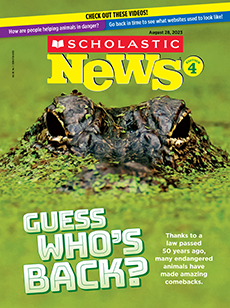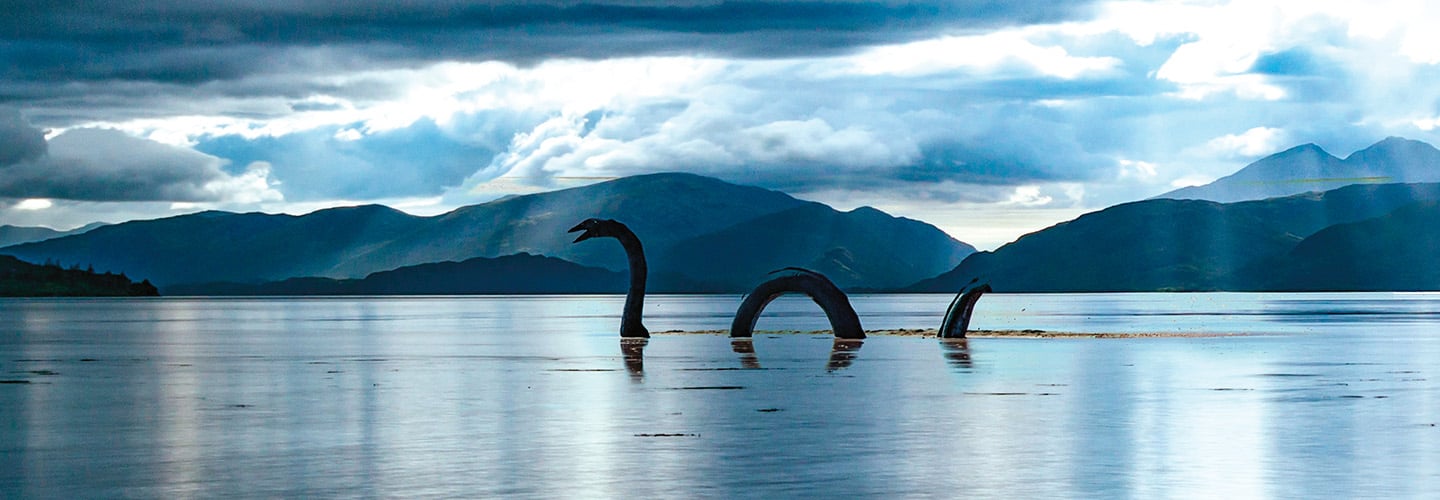Jim McMahon/Mapman®
Hundreds of hunters had their eyes peeled on the lake. Using high-tech equipment, they were looking for signs of a terrifying beast. It is said to live in the murky waters of Scotland’s Loch Ness. (Loch is the Scottish Gaelic word for “lake.”) Legend has it that the monster is more than 30 feet long with the head of a snake.
No one knows for sure what the creature looks like—or if it exists at all. But this group of monster hunters was determined to find out. In August, they took part in the largest search for the Loch Ness monster in more than 50 years. Would they finally prove that the creature is real?
Hundreds of hunters had their eyes peeled on the lake. They had brought high-tech equipment with them. They used it to look for signs of a terrifying beast. It is said to live in the murky waters of Scotland’s Loch Ness. (Loch is the Scottish Gaelic word for “lake.”) Legend has it that the monster is more than 30 feet long. Some people say it has the head of a snake.
No one knows for sure what the creature looks like. No one even knows if it exists at all. But this group of monster hunters was determined to find out. That’s what brought them to Loch Ness in August. They were part of the largest search for the Loch Ness monster in more than 50 years. Would they finally prove that the creature is real?

